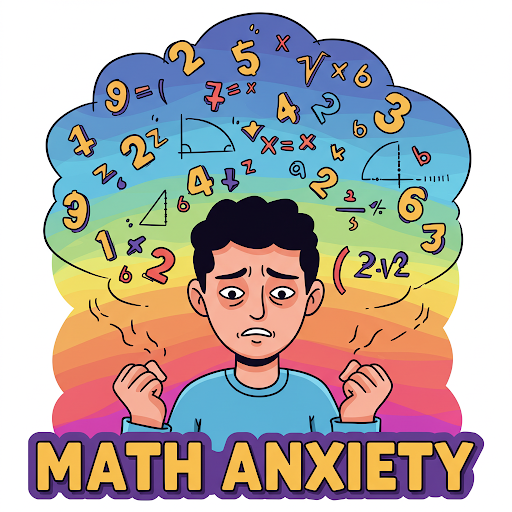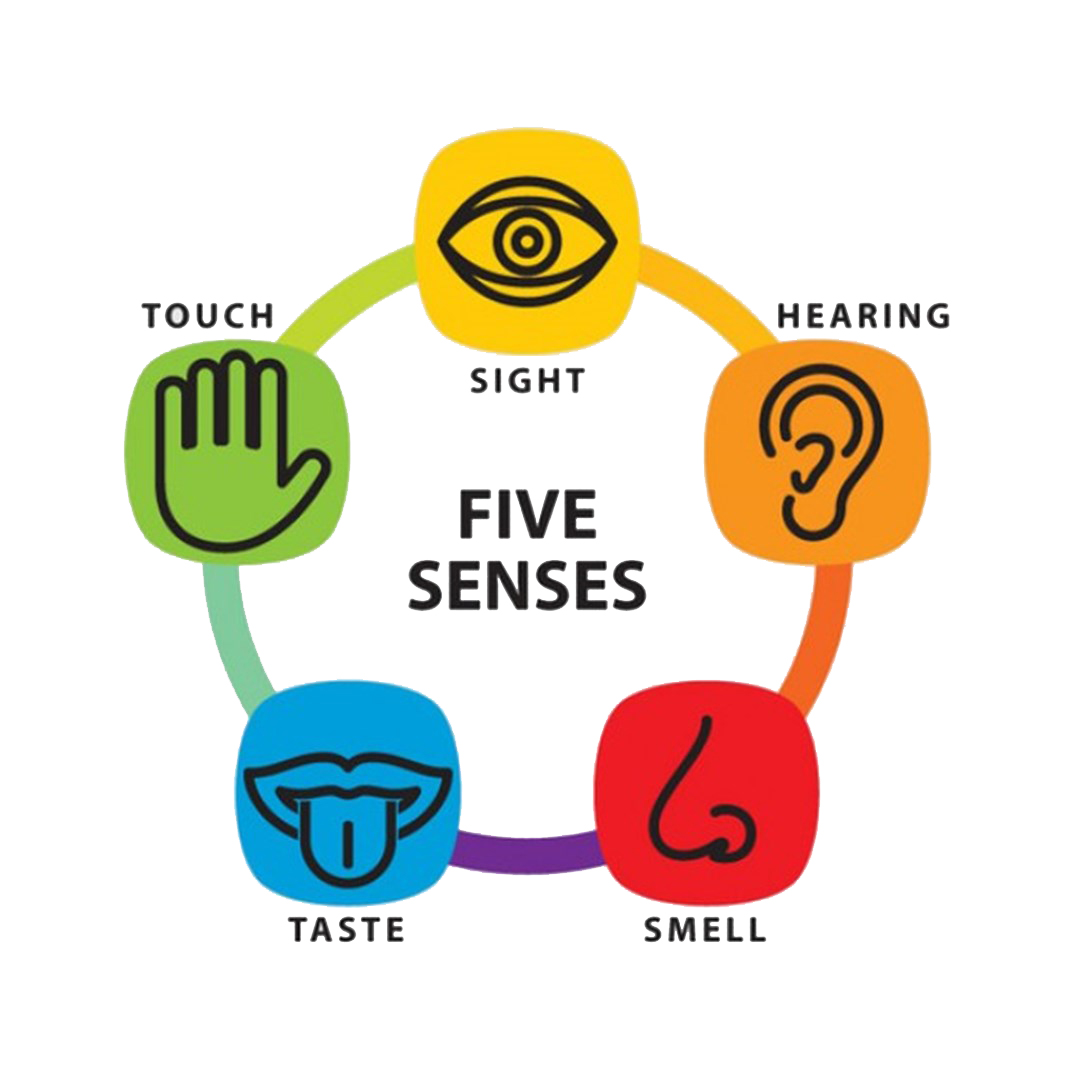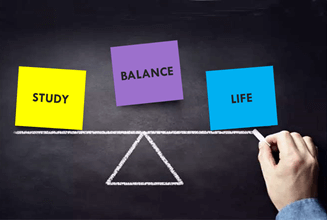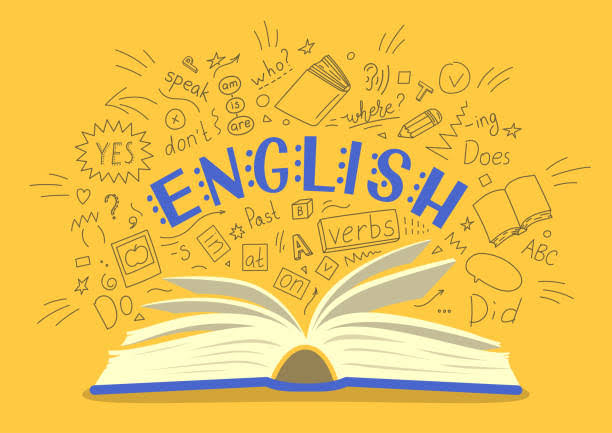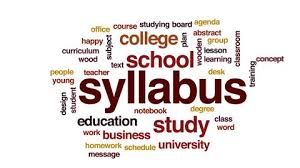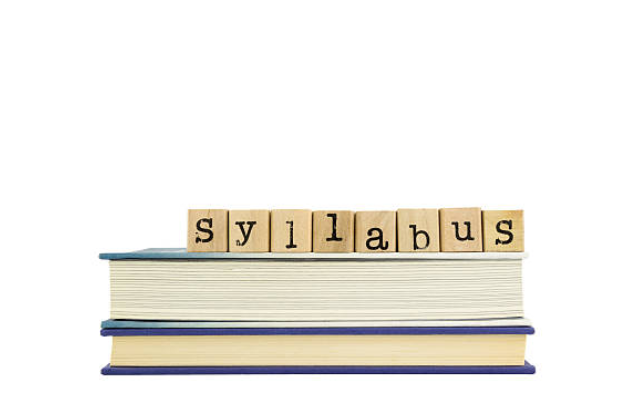
Year 12 is often described as a “make or break” year—full of pressure, deadlines, and high expectations. With so much riding on these final assessments, it’s easy for students to feel overwhelmed, confused, or even disheartened. That’s where tutoring comes in—not just as academic support, but as a real game-changer.
First, tutoring creates space. Space to ask questions without judgement. Space to go over something again without the fear of slowing down a whole class. In a one-on-one or small group environment, students can work at their own pace, target their weaknesses, and stretch their strengths. It’s personalised, which is the exact opposite of how most students experience school.
Tutors can also offer strategies—not just subject content, but how to study, how to revise, how to plan. These are the tools that often get overlooked in busy classrooms but can make a huge difference to confidence and performance. Sometimes, it’s not about explaining what to learn, but how to approach it.
And maybe most importantly, tutoring adds a human element to the madness of Year 12. A good tutor becomes a consistent presence in a chaotic year—someone who understands the pressure, who can offer encouragement, and who helps students stay accountable without burning out.
Of course, tutoring isn’t a magic fix. But for many students, it’s the difference between floundering and finding their footing. Between barely scraping through and actually understanding what they’re learning.
In a year that asks so much of young people, having someone in their corner—who believes in them, challenges them, and teaches them how to back themselves—can be one of the most powerful tools they have.
Because success in Year 12 isn’t just about marks. It’s about mindset.
Tom Gloster


